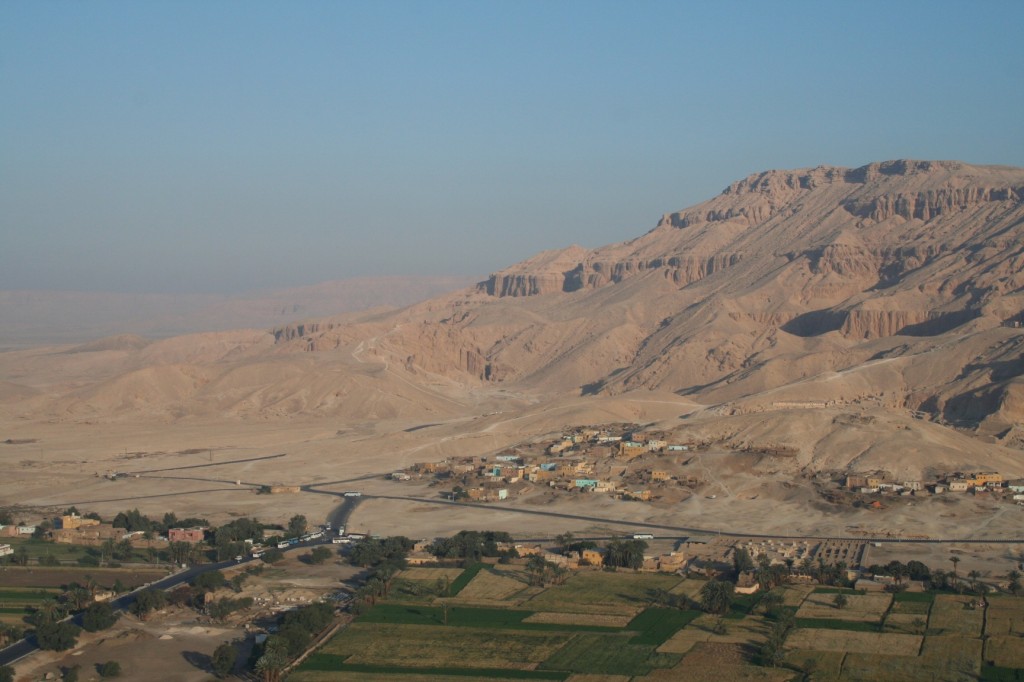Many thanks to Egyptology News for sharing the entirety of Caroline Simpson’s thought-provoking presentation at the Disciplinary Measures? Histories of Egyptology in Multi-Disciplinary Context conference that took place in London, June 10-12, 2010. In essence, she provokes us to consider the impact of the living that have integrated with the past.
Here are a few powerful statements from the presentation about the cost of Qurna’s destruction:
We have lost the buildings and the outbuildings in one of the best preserved examples of a mud brick settlement, almost entirely traditional in its use of materials and techniques – apart from a few notable and lamentable exceptions.
…
We have lost a community which had a very special relationship with the monuments on which they worked and lived, and with the tourists who they hosted and served. It was also a community with a very special and spiritual relationship to the Theban hills.
We have lost part of what made the west bank a joy to visit, the local people who greeted, entertained and served their foreign visitors. It was the life of the people with their goats, chickens and donkeys, men busy carving and women making sun bread, that made the ancient lives depicted on the tombs come vividly to life.
Ancient historians have no choice but to consider the modern population, especially at sites like Qurna where modern occupants had become so integrated with the ancient landscape. The village was still intact during my last season in Thebes in 2006, although its destruction was looming on the horizon. A visit to the Noble’s tombs will be a far different, and much less lively, prospect on my next sojourn. One of the most memorable aspects of Qurna was the pleading of the children to purchase their hand-made dolls, and I am glad that I have a few to remember this unique village that stayed in the eye of a stormy debate for decades before losing to the bulldozers. One does have to wonder (and shudder!) at the subsurface damage wrought by the use of such heavy machinery in an area of friable limestone.
The picture below, taken from the edge of the village, shows the colorful structures of Qurna. It also shows one of the issues that many archaeologists had with the site–a large trash pile visible in the lower left corner.
The next two images were taken from a hot air balloon. The village sprawls along the base of the hills on the west side of the road.






Very interesting. I remember you talking about this site and the dolls.